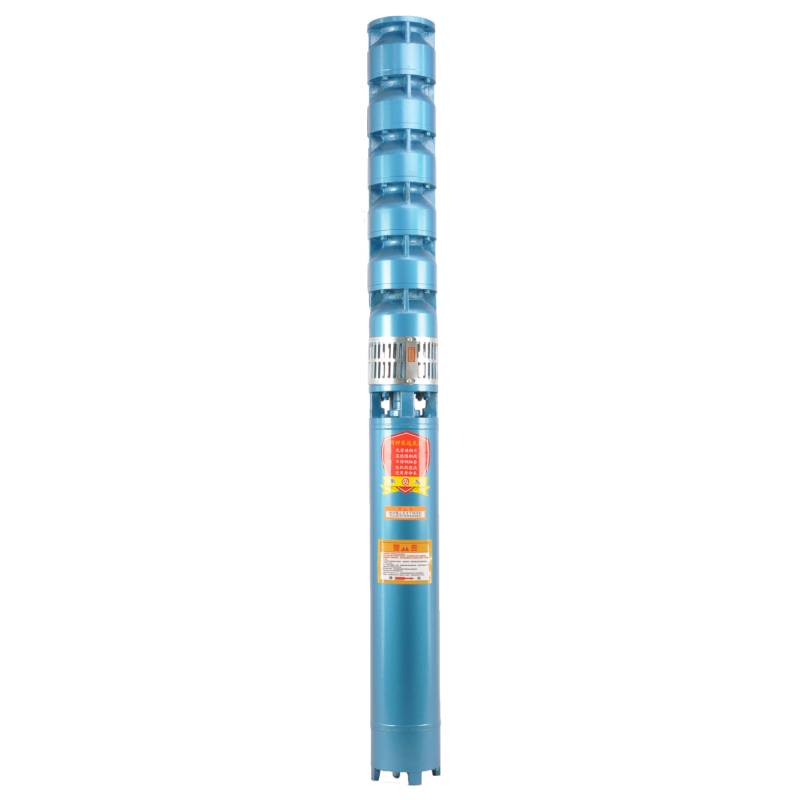Aug . 14, 2024 09:41 Back to list
Innovative Submersible Pump Solutions for Efficient Water Management and Pressure Regulation Systems
Understanding Submersible Pressure Pumps
Submersible pressure pumps are crucial tools in various applications, playing a vital role in transferring liquids from one location to another. These pumps are designed to operate while completely submerged in the fluid they are pumping, making them highly efficient for tasks involving deep water extraction, wastewater management, and even irrigation systems.
How Submersible Pressure Pumps Work
The operation of a submersible pressure pump is relatively straightforward. These pumps consist of a hermetically sealed motor and a pump body, both encased within a single unit. When the pump is submerged in liquid, the motor is activated, which drives an impeller. This impeller spins rapidly, creating a pressure differential that moves the liquid through the pump and out through the discharge pipe.
One of the defining features of a submersible pressure pump is its ability to push liquids to the surface against gravitational forces
. This is particularly advantageous in applications where water needs to be extracted from deep wells or when the liquid must be transported over considerable distances.Applications
Submersible pressure pumps are employed in numerous sectors. In residential settings, they are frequently used for dewatering basements, draining flooded areas, and providing water for irrigation. In agricultural settings, these pumps are invaluable for ensuring that crops receive adequate irrigation by extracting water from underground aquifers.
submersible pressure pump

In municipal applications, submersible pumps are utilized in wastewater management systems, where they help transport sewage and other waste materials to treatment facilities. The ability to operate below the surface avoids the need for complex suction systems, thus reducing energy consumption and maintenance.
Furthermore, these pumps find extensive use in industrial applications, particularly in construction sites where dewatering is required to maintain safety and operational efficiency. Their versatility has also led to innovations in the development of specialized pumps designed for specific industries, such as mining or chemical processing.
Advantages of Submersible Pressure Pumps
One of the primary benefits of submersible pressure pumps is their efficiency. Because they are submerged, these pumps do not suffer from cavitation, a common issue in surface pumps where low pressure leads to the formation of vapor bubbles that can cause damage. Additionally, submersible pumps are generally more compact and easier to install in locations that would be challenging for conventional pumps.
Another advantage is their durability. Many submersible pressure pumps are constructed from robust materials resistant to corrosion and wear, allowing them to operate in harsh environments without significant deterioration over time. This durability is pivotal in applications like sewage treatment, where pumps are frequently exposed to abrasive materials.
Conclusion
Submersible pressure pumps are indispensable tools across numerous industries. Their unique design allows for efficient operation under challenging conditions, making them ideal for a wide range of applications—from domestic plumbing to large-scale industrial operations. As technology advances, the efficiency, reliability, and design of these pumps continue to improve, ensuring they remain a key player in fluid management for years to come. Understanding how these pumps work and their benefits can help users make informed decisions when selecting the right pumping solution for their needs.
-
Submersible Water Pump: The Efficient 'Power Pioneer' of the Underwater World
NewsJul.01,2025
-
Submersible Pond Pump: The Hidden Guardian of Water Landscape Ecology
NewsJul.01,2025
-
Stainless Well Pump: A Reliable and Durable Pumping Main Force
NewsJul.01,2025
-
Stainless Steel Submersible Pump: An Efficient and Versatile Tool for Underwater Operations
NewsJul.01,2025
-
Deep Well Submersible Pump: An Efficient 'Sucker' of Groundwater Sources
NewsJul.01,2025
-
Deep Water Well Pump: An Efficient 'Sucker' of Groundwater Sources
NewsJul.01,2025
-
 Submersible Water Pump: The Efficient 'Power Pioneer' of the Underwater WorldIn the field of hydraulic equipment, the Submersible Water Pump has become the core equipment for underwater operations and water resource transportation due to its unique design and excellent performance.Detail
Submersible Water Pump: The Efficient 'Power Pioneer' of the Underwater WorldIn the field of hydraulic equipment, the Submersible Water Pump has become the core equipment for underwater operations and water resource transportation due to its unique design and excellent performance.Detail -
 Submersible Pond Pump: The Hidden Guardian of Water Landscape EcologyIn courtyard landscapes, ecological ponds, and even small-scale water conservancy projects, there is a silent yet indispensable equipment - the Submersible Pond Pump.Detail
Submersible Pond Pump: The Hidden Guardian of Water Landscape EcologyIn courtyard landscapes, ecological ponds, and even small-scale water conservancy projects, there is a silent yet indispensable equipment - the Submersible Pond Pump.Detail -
 Stainless Well Pump: A Reliable and Durable Pumping Main ForceIn the field of water resource transportation, Stainless Well Pump has become the core equipment for various pumping scenarios with its excellent performance and reliable quality.Detail
Stainless Well Pump: A Reliable and Durable Pumping Main ForceIn the field of water resource transportation, Stainless Well Pump has become the core equipment for various pumping scenarios with its excellent performance and reliable quality.Detail
